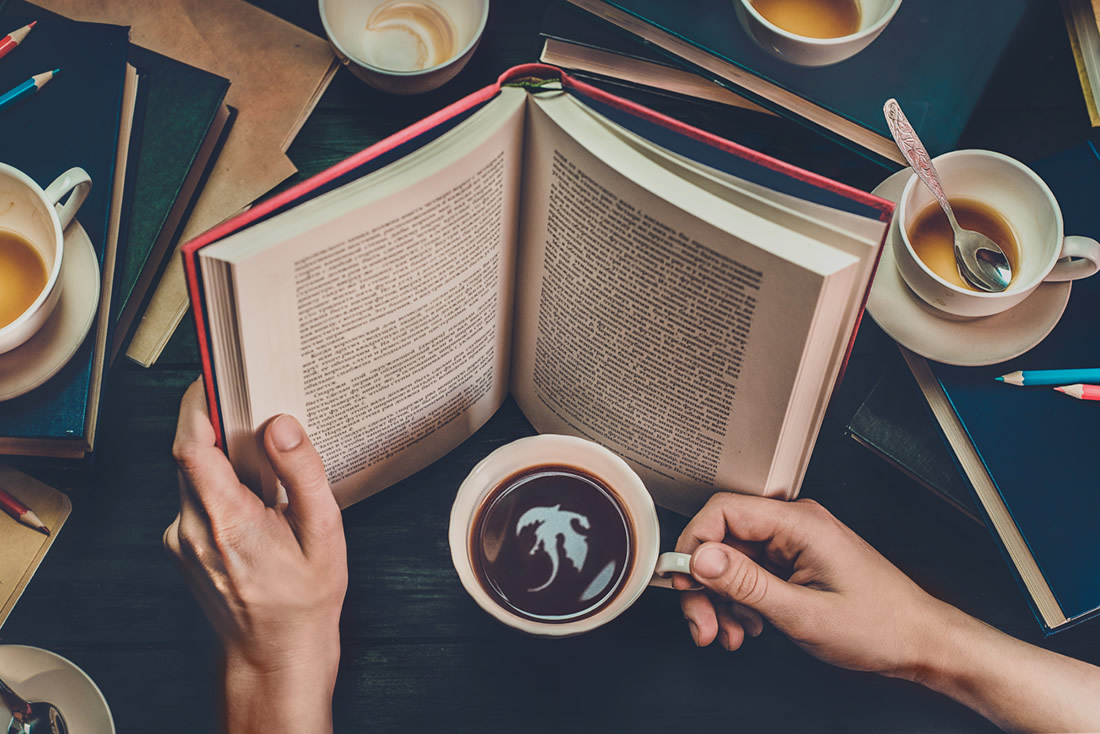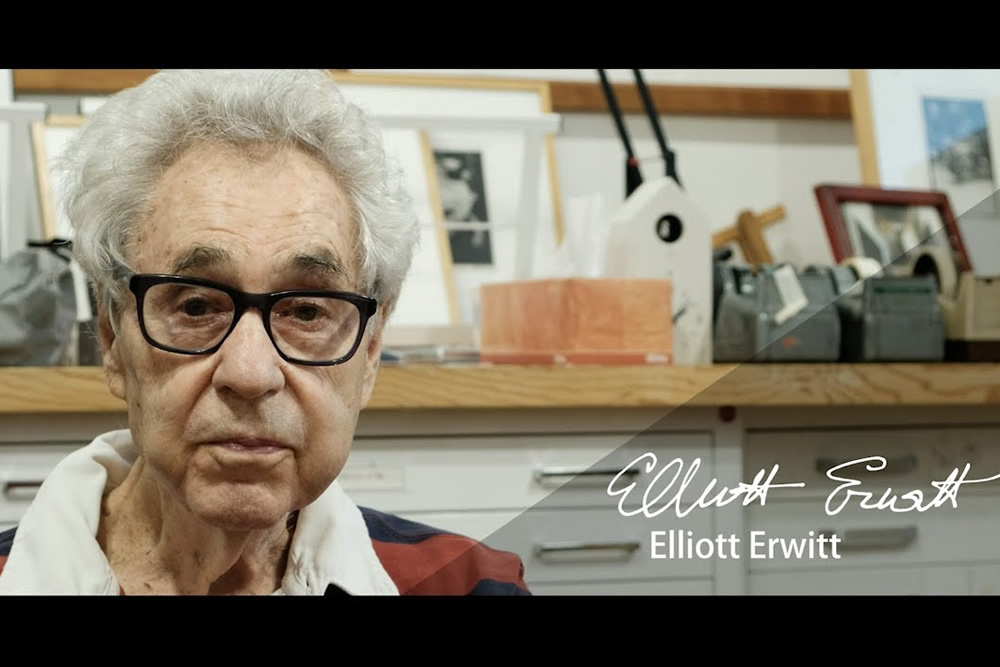Coffee cups are probably my favorite objects for shooting. I love all their different shapes and forms and I love the light sliding on the surface of tea or coffee. There’s always something dreamy in these round reflections.
So, why do not use it to tell a small cozy story?
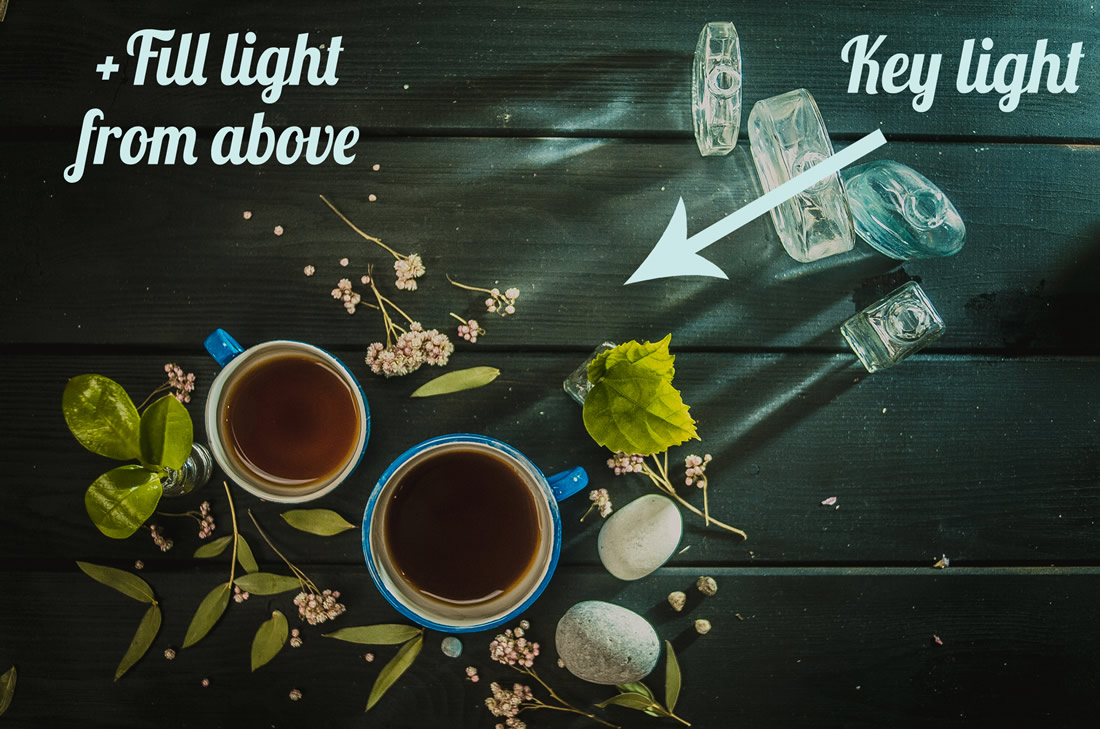
1. Sketch.
First of all, we need to make a sketch. We need to find something that will connect the reflection in the cup and all objects around it. Why do you have a sea horse in your cup? Because you’re dreaming about the sea and holding a shell in your hands. Why are all these ferns surrounding your cup? Because you have a ghost dinosaur inside it.
I think the best way to come out with an idea for a shot like this is to think about your character, your hero. Who is it? A child, who wants to be an archaeologist? A reader obsessed with fairy tales? A traveler, who fly all around the world? Good. What your character could think about? Dinosaurs, dragons, airplanes, sea waves, elves, Sahara landscapes, anything! Catch your character’s thoughts and make a reflection silhouette from them.
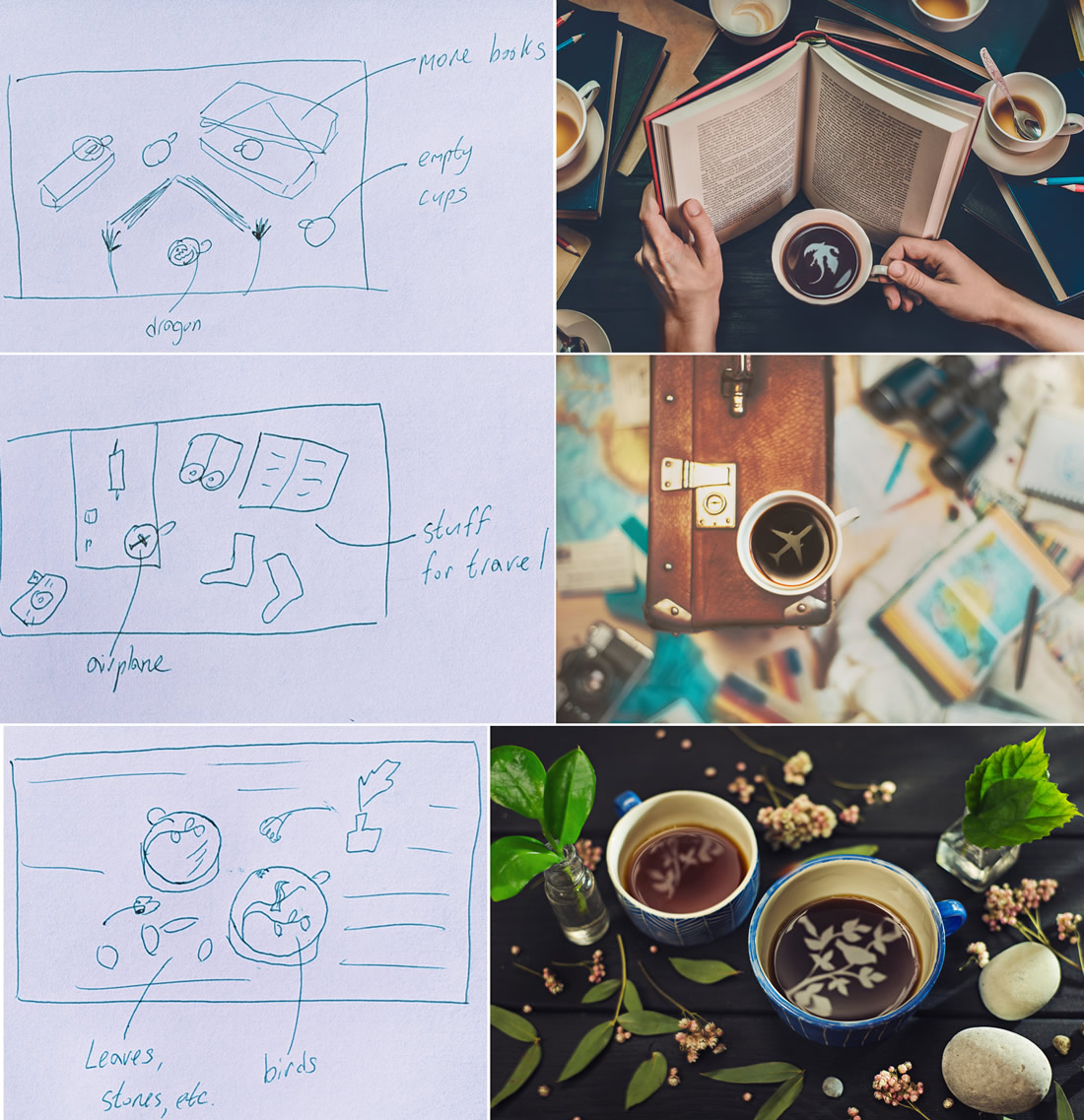
2. Cutting out.
Now we need to cut our figures out from paper. Remember, that we will need not a figure itself, but a hole that it would make in the list. So be careful and use the sharpest knife you have (you are very lucky if you have a plotter, but it’s not very hard to do it by hands).

3. Lighting
You can use any lighting scheme you like as long as you have a soft light right above your cup, so it could make a bright spot on the surface of the coffee. If you have only one light source, big reflector above the cup also will do the trick.
I used two light sources: key light on the right side (I put a couple glass bottles in front of it to make some nice flares) and fill light on the top.
.jpg)
.jpg)
.jpg)
4. Shooting
Put the list of paper with a cut figure between the fill light and the cup, so you could see a fancy reflection. Sometimes the right size of reflection comes with your hand in the frame, but you always can make two shots and combine them later. I’m not very good at photo manipulation, but using a tripod makes it a very simple even for me.
.jpg)
.jpg)
.jpg)
5. Processing.
After combining to images in one all that remains is to slightly adjust the tones and enjoy the finished picture.
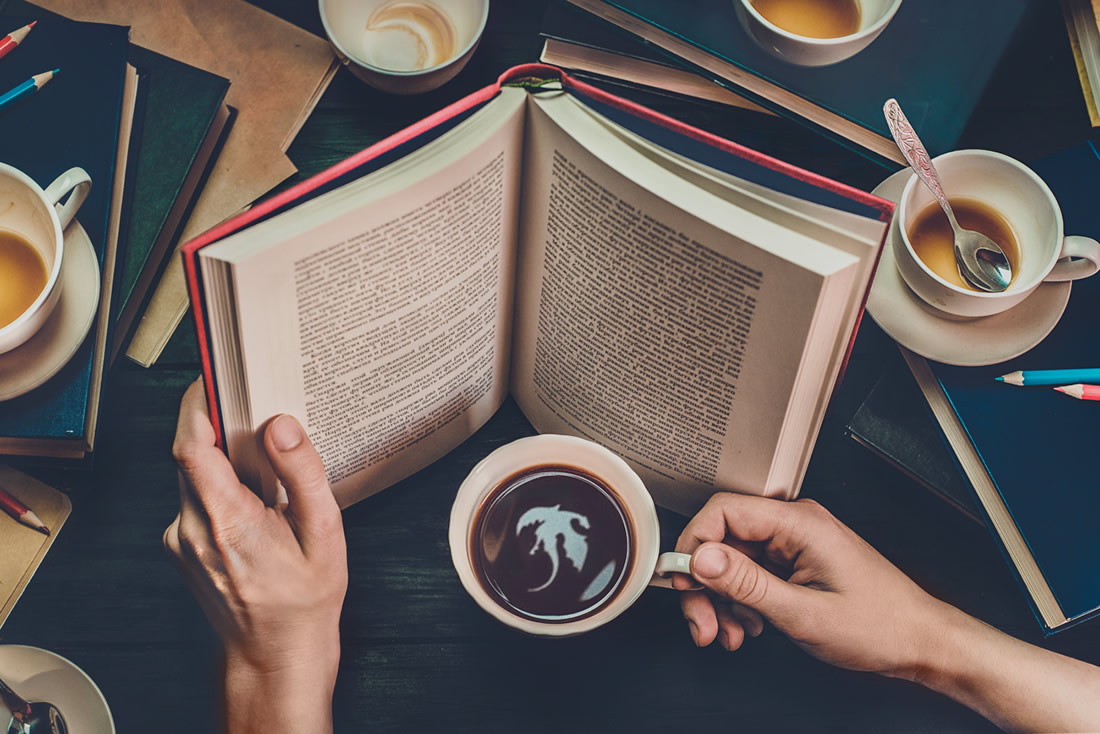
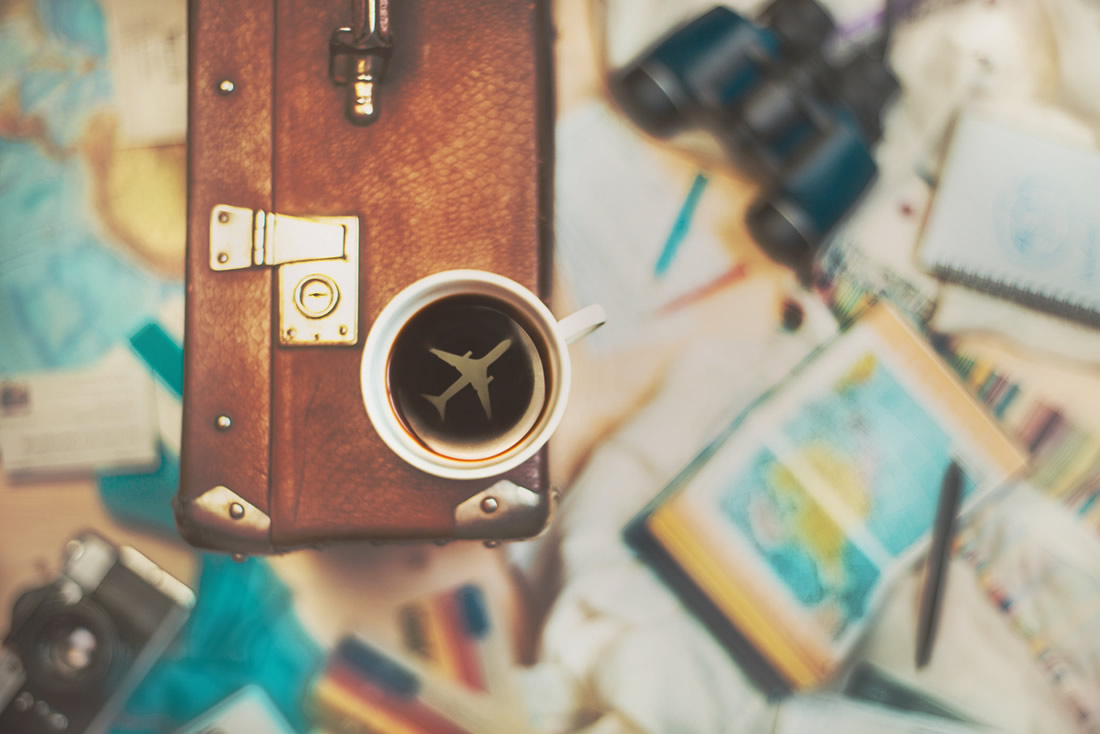
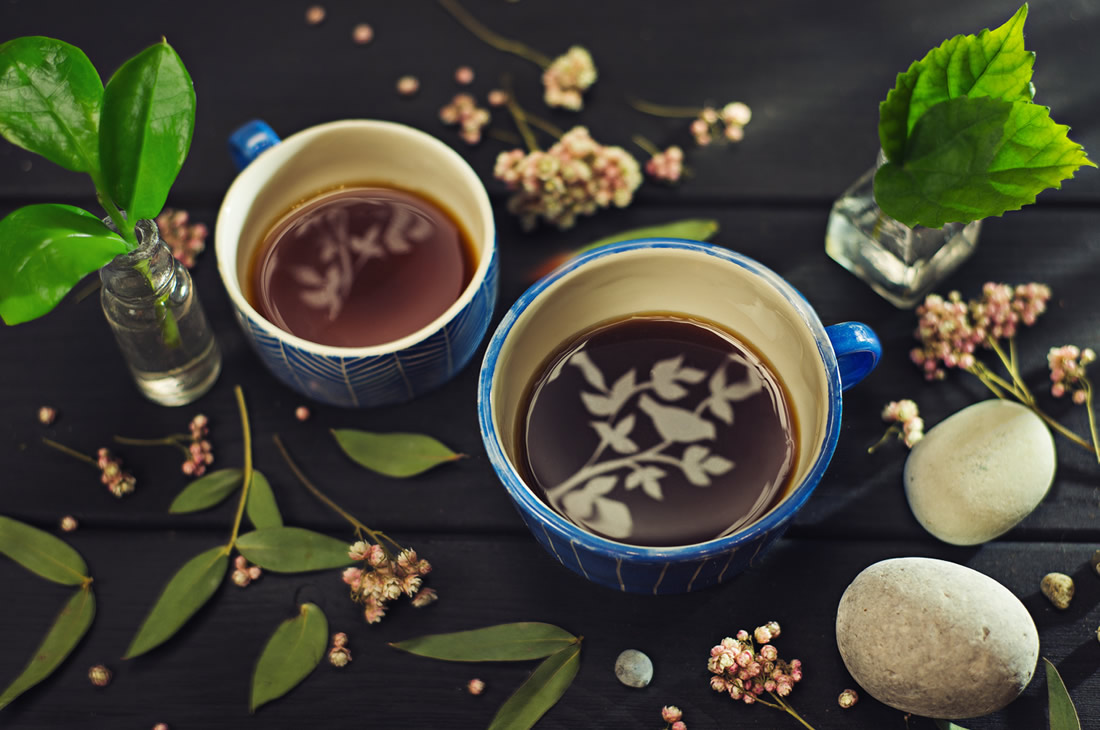
Stay inspired and good luck!
You can find Dina Belenko on the Web:
Copyrights:
All the pictures in this post are copyrighted Dina Belenko. Their reproduction, even in part, is forbidden without the explicit approval of the rightful owners.

